John Keats (October 31 1795 – February 23 1821) was an English poet who was part of the Second Generation of poets of the Romanticism Movement. Keats lost his father at the age of 8 and had a difficult childhood. He started his career in the medical profession but abandoned it to become a poet. He struggled as a poet in his lifetime with his three published books having an estimated combined sales of just 200 copies. Moreover, he was continuously attacked by critics of his time. John Keats died at the young age of 25 with his dream of being a renowned poet being unfulfilled. However, his posthumous fame placed him among the greatest poets in the English Language and today he is among the most famous poets of all time. Know more about John Keats through these 10 key facts on his life and work.
#1 He is counted among the Second Generation of Romantic Poets
The Romantic era is mostly categorized as the period beginning around the late 18th century and lasting for 50 to 80 years, where considerable shifts were observed in the fields of literature, art, music and intellectual thought. Romanticism is understood to have been partly a response to the components of modernity like the Industrial Revolution and scientific rationalisation of nature in the western world. The era coincided with the French Revolution (1789-1799) and the rise of nationalism in Europe, where the arts saw the rejection of the ideas of balance, restraint, proportion and objectivity in favour of the values of imaginative spontaneity, wonder and emotional self-expression.
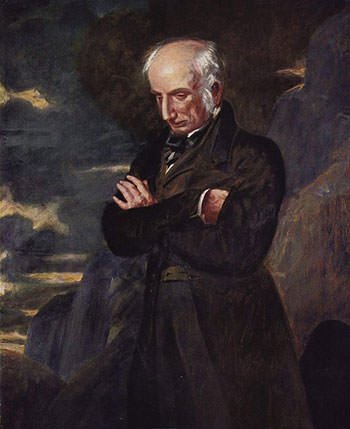
In English poetry, William Wordsworth along with Samuel Taylor Coleridge are mostly identified as the First Generation of Romantic poets. The poets directly challenged established ideas like cultural revolutionaries and were sympathetic to the French Revolution. They wrote songs and ballads, advocated a retreat to nature and, through their writings, made extraordinary what was perceived as ordinary in everyday life. John Keats along with Lord Byron and Percy Bysshe Shelley, on the other hand are categorized among the Second Generation of Romantics. These poets wrote more classical poems like odes, sonnets and elegies. While still burning with a strong desire for change, they were sceptical of Revolution. Through their work, they have been seen more like “prophetic visionaries”.
Main Sources:-
Drabble, Margaret (1985). “The Oxford Companion to English Literature”. P872-874.
Blechman, Max (1999). “Revolutionary Romanticism: A Drunken Boat Anthology”. P84,85. City Lights Books, San Francisco.
#2 Tragedies within his family deprived him of social and financial stability
Little is known regarding John Keats’s early life and family history, apart from key events that may have impacted the poet. John Keats was born in October of 1795 in London and was the eldest of four surviving children of Thomas Keats and Frances Jennings. In 1804, still aged 8, John lost his father when Thomas Keats fell from his horse while returning home late at night. His mother Frances Jennings remarried soon after and the children came under the care of their maternal grandmother Mrs. Alice Whalley Jennings. A year later, Keats also lost his grandfather John Jennings, a successful businessman who left considerable amounts to his dependents in his will. But disputes soon arose over the ‘obscure’ document, and because there was no concerned and competent person to represent them, the Keats children received little – at least not until Keats was dead for several years.
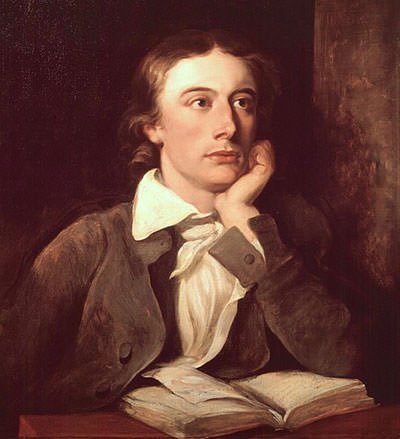
In 1810, John Keats was orphaned along with his 3 siblings when he lost his mother to tuberculosis. A concerned Mrs. Jennings appointed legal guardians for the children, among them Mr. Richard Abbey would be later criticized and blamed for the pitiful conditions of the Keats. Alice Jennings herself expired in 1814. Keats at this point had two bequests, held in trust for him until his 21st birthday. £800 was willed by his grandfather John Jennings and a legacy of £8000 left by his mother to be equally divided between her living children. This was a considerable amount in the times when people could survive on £50 a year. However Keats would never get access to this money despite his financial troubles.
Main Sources:-
Everest, Kelvin (2004). “Keats, John (1795–1821)”, Oxford Dictionary of National Biography, Oxford University Press.
Bate, Walter Jackson (1963). “John Keats”. P1-10. Harvard University Press, Massachusetts.
Colvin, Sidney (1925). “John Keats: his life and poetry, his friends, critics and after-fame”. P1-4. Macmillan and Co. Ltd. London.
#3 He abandoned the medical profession
In July 1810, after the death of his mother, John Keats came under the legal guardianship of Mr. Richard Abbey, appointed by his grandmother. Under the authority of Mr. Abbey, John Keats was made to withdraw from school after the summer term of 1911. Still younger than 16 years of age, he was put under the apprenticeship of Mr. Thomas Hammond; a surgeon and apothecary of good repute and the family doctor of the Jennings. In 1915, after finishing his apprenticeship, Keats registered at the Guy’s Hospital in London (now part of King’s College) as a medical student. He was soon accepted as a dresser at the hospital, assisting surgeons during operations. A year later, Keats received his apothecary’s licence making him eligible to practise. However, in spite of precarious finances, he abandoned the profession for poetry. Henceforth, Keats began devoting most of his time to writing and his medical training came for little use.
Main Sources:-
Colvin, Sidney (1925). “John Keats: his life and poetry, his friends, critics and after-fame”. P43-45. Macmillan and Co. Ltd. London.
Kelvin, Everest (2004). “Keats, John (1795–1821)”, Oxford Dictionary of National Biography, Oxford University Press.
#4 “O Solitude” was his first published poem
John Keats is not known to have written anything of note before the age of 18. However with encouragement from editor, critic and poet Leigh Hunt and his group, he began to show tremendous growth as a poet. On 5th of May 1816, aged 20 years, Keats managed to publish his first poem Sonnet VII ‘O Solitude’. The poem was published in the weekly paper The Examiner, which was managed by Hunt. The precise date of this composition is unknown. The poem was titled “Sonnet to Solitude”, in Tom Keats’s (John’s younger brother) copy book and was undated. There are minor variations between the two versions.
Main Sources:-
Forman, H. Buxton (1895). “Poetical Works of John Keats”. Crowell publications.
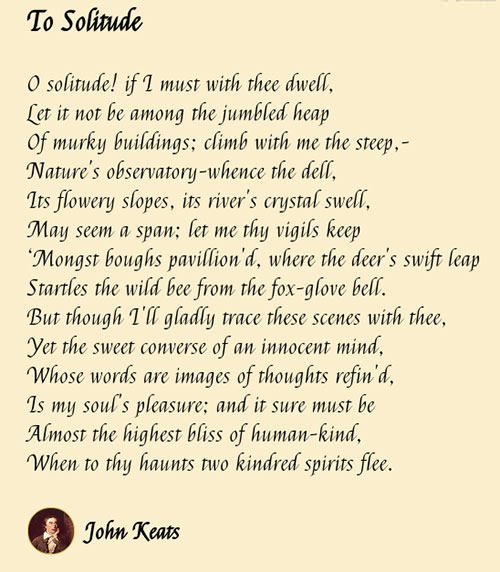
#5 Keats was called a cockney
In 1817, John Keats published his first volume of poems, which included sonnets, epistles and miscellaneous poems like ‘I stood tiptoe upon a little hill’ and ‘Sleep and Poetry’. The writings did not arouse much public interest and would come under hostile attack from the popular Blackwood Magazine’s John Gibson Lockhart, who referred to Keats and his associates as members of the so called “Cockney School”. The poet was accused of “low diction” for rhyming “thorns/fawns” in “Sleep and Poetry” and other rhymes which suggested a working class speech (that of a Cockney, speakers of the distinctive Cockney dialect of English in London). The primary target of these attacks was the editor, critic and poet Leigh Hunt. The political, reformist agenda and the democratic ideology of Hunt and his group was offensive to Blackwood’s review staff. It was an attack on the class background of Keats and other authors, and their aspirations to the highest level of the literati.
Main Sources:-
Drabble, Margaret (1985). “The Oxford Companion to English Literature”. P872-874.
Richardson, Alan. “Cockney School” in Preminger, Alex and T. V. F. Brogan, eds. The New Princeton Encyclopedia of Poetry and Poetics. Princeton.
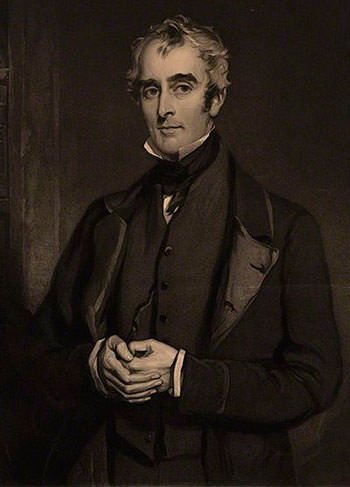
#6 The six odes composed in 1819 are regarded as his finest work
The winter of 1818–19, spent at close friend Charles Brown’s house at Hampstead Heath (London) marked the beginning of a fertile year for Keats. During this time, which lasted almost a year, Keats churned out his most fabulous and mature work including the six famous odes which are considered his best poems. Five of these odes were written in quick succession during the spring of 1819 (April-May). These include the “Ode to Psyche”, “Ode on a Grecian Urn”, “Ode on Indolence”, “Ode on Melancholy” and the “Ode to a Nightingale”. The final poem completing the set, “To Autumn” was written in the autumn month of September the same year. The exact order of composition of the first five poems is unknown though it is ascertained that the “Ode to Psyche” was the primary composition. The odes were Keat’s successful effort to compose in a new type of lyrical format, which would later inspire the next generations of poets. The success and appreciation of the poems, like any other great work of art, lies in the fact that no single interpretation of any of the odes (let alone the odes as a group) satisfies anyone except the interpreter.
Main Sources:-
Colvin, Sidney (1925). “John Keats: his life and poetry, his friends, critics and after-fame”. P351-354. Macmillan and Co. Ltd. London.
Bate, Walter Jackson (1963). “John Keats”. P486,487. Harvard University Press, Massachusetts.
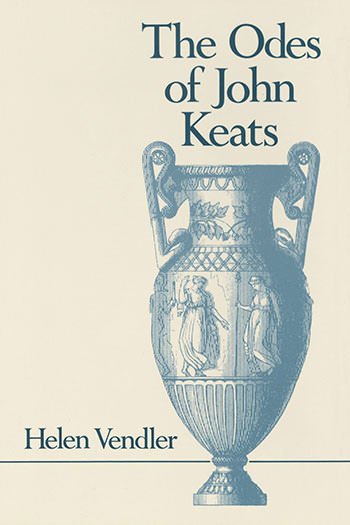
#7 “Bright Star” is considered as his last poem
“Bright star, would I were stedfast as thou art” is a Shakespearean love sonnet composed by John Keats. The poem is considered as the last work of John Keats, and ‘a declaration of love’ for “Bright Star” Fanny Brawne – with whom Keats became infatuated. The final improved version of the poem was found written opposite the Shakespearean poem, “A Lover’s Complaint” on a copy of the book “The Poetical Works of William Shakespeare”. The book was lent to Keats by his friend and poet John Hamilton Reynolds in 1919.
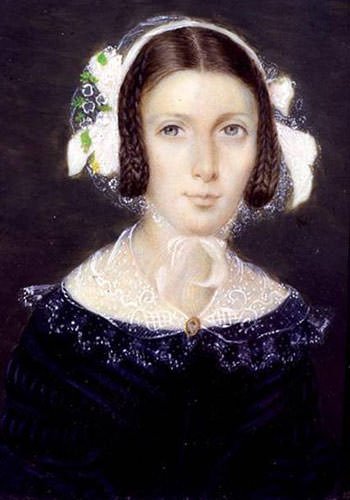
According to Keat’s last companion and friend Joseph Severn, the poem was copied into the book while the duo were travelling to Rome in September 1820. John Keats died shortly afterwards from tuberculosis in February 1821, giving weight to the theory that “Bright Star” was his last poem. It may be noted that many biographers do not agree to the date, for example Robert Gittings ascertains that Keats began the poem in April 1818, possibly for Isabella Jones, and later revised it for Brawne. Sidney Colvin on the other hand estimates the date to the last week of February 1819.
Main Sources:-
Bate, Walter Jackson (1963). “John Keats”. P618,619. Harvard University Press, Massachusetts.
Gittings, Robert (1979). “John Keats”. P293-298. Penguin Books, London.
“John Keats: ‘Bright Star’”; web.archive.org. Keats House. City of London Corporation
#8 John Keats died at a young age of 25
In 1820, Keats was increasingly displaying symptoms of tuberculosis, which he may have contracted while nursing is brother Tom in 1818. On first coughing up blood, on 3 February 1820, he said to Charles Armitage Brown, “I know the colour of that blood! It is arterial blood. I cannot be deceived in that colour. That drop of blood is my death warrant. I must die.” Later in the year, on the advise of friends and doctors, Keats travelled to Rome. He hoped that the change to warmer climate would improve his condition. He was accompanied in this last journey by Joseph Severn, who would nurse the poet in his last months. On arrival in Italy, Keats moved into a villa overlooking the Spanish Steps in Rome, the Keats–Shelley Memorial House museum since 1909.
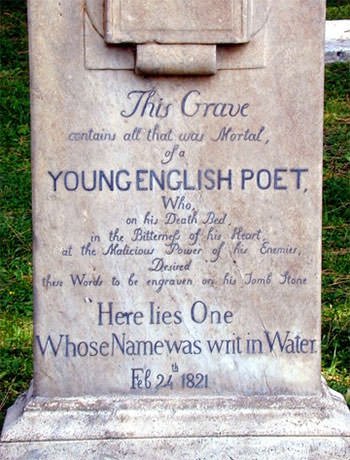
Keats’s condition would however continue to deteriorate despite care from Severn and Dr. James Clark, and the poet would breathe his last on 23rd February, 1821. John Keats was just 25 years of age upon his death. He had an active career of 6 years and a published career of only 4 years. Now considered among the most remarkable British poets, the poet managed to sell around 200 copies with his three published volumes of poetry and was viscously attacked by established critics during his lifetime.
Main Sources:-
Porter, Roy (1998). “The Greatest Benefit to Mankind: A Medical History of Humanity”. P440. W. W. Norton & Company.
Motion, Andrew (Jan 23, 2010). “An introduction to the poetry of John Keats”. The Guardian.
#9 His posthumous fame placed him among the greatest poets
Keats had a small audience during his lifetime, and at the time of his death his three published books had an estimated combined sales of just 200 copies. The poet died in February 1821 at the young age of 25, unfulfilled and yearning to be “among the English poets”. Keats remained fairly obscure to the wider public for several years after his death. Things however began to turn towards the mid-19th century when a group of Cambridge undergraduates known as the Apostles dedicated themselves to re-evaluate and celebrate Keats’s work. The group included the likes of Alfred Lord Tennyson, Arthur Hallam (the subject of In Memoriam) and Richard Monckton Milnes (Keats first biographer). They played a prominent role in reviving the legacy of Keats.

The year 1848 proved a pivotal year during this transformation. It saw the publication of Keats first full biography and the formation of the Pre-Raphaelite Brotherhood; a group of artists that were deeply influenced by Keats and introduced the Victorians to the poet’s medieval and Gothic aspects. As appreciation and attention was given to the poet, his tragical life story (family deaths, poverty, doomed love, vicious criticism, lingering illness and early death) earned the sympathies of his readers leading towards the tendency to idealize Keats as a suffering genius. Keats’s stature as a poet has grown steadily through all changes of fashion and he is now regarded among the most important poets in the English language.
Main Sources:-
Motion, Andrew (Jan 23, 2010). “An introduction to the poetry of John Keats”. The Guardian.
Drabble, Margaret (1985). “The Oxford Companion to English Literature”. P872-874
#10 He greatly influenced the Pre-Raphaelite Brotherhood
In the mid 19th century a group of English painters and poets primarily led by students of the Royal Academy of Arts in London, stood up in protest against what they saw as the decadence of British art. In 1848, they formed the Pre-Raphaelite brotherhood with D. G. Rossetti, W. Holman Hunt and John Millais as its principal founders. The Pre-Raphaelites considered themselves as devotees of nature and truth, and attracted numerous followers of repute before their movement would finally die out towards the end of the 19th century. The group was deeply attracted to the Keats’s sensuous verse, his medieval and Gothic settings, and his intense symbolism. Influenced by the poet they painted scenes from his poems including “The Eve of St. Agnes”, “Isabella” and “La Belle Dame sans Merci”. These beautiful and popular images would remain closely associated with Keats’s work and further his reputation.
Main Sources:-
Gittings, Robert (1968). “John Keats”. P19-21. Little Brown, Boston.
Hunt, William Holman (1914) “Excerpt from Pre-Raphaelitism and the Pre-Raphaelite Brotherhood”. E.P. Dutton & Co.

